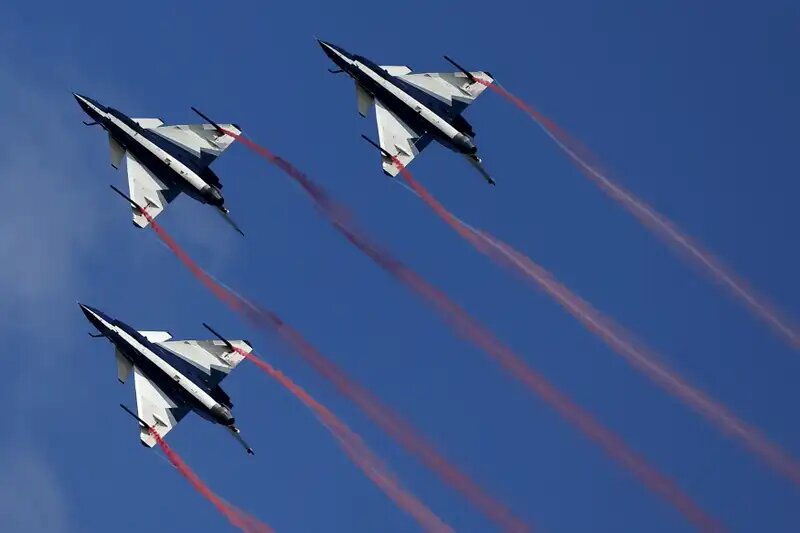A senior U.S. military commander in the Indo-Pacific region has warned that China has the capability to challenge U.S. air superiority in the First Island Chain of East Asia. According to him, in the event of war, neither side would be able to achieve complete dominance in the skies.
Samuel Paparo, the senior U.S. commander, made formal statements during a session with the Senate Armed Services Committee last week, stating that China scores “high” in its ability to prevent U.S. air superiority in the First Island Chain, which includes Japan, Taiwan, northern Philippines, and other key territories in East Asia. Paparo noted that China’s air force currently possesses 2,100 fighter jets, 200 H-6 bombers, and a manufacturing rate that is 1.2 times greater than the production of fighters in the U.S.
Although China still operates a substantial number of older aircraft, the number of its advanced fourth-generation aircraft is increasing, and the quantity of fifth-generation fighters is also on the rise. Furthermore, China is continuously developing new aircraft designs. Paparo emphasized that China’s long-range, advanced air-to-air missiles also pose a serious threat to U.S. forces.
In recent years, China has prioritized the development of missile systems that can target American forces and installations in the region, including poorly defended airfields, thereby expanding its missile stockpiles and offensive capabilities. Air superiority, which the U.S. has enjoyed in Middle Eastern conflicts over recent decades, implies significant control over the sky with minimal enemy interference, allowing aircraft to conduct operations freely and support other forces.
However, both U.S. and Chinese air forces are reassessing the concept of air superiority in future conflicts, raising the question of whether such superiority will even be achievable beforehand. Given that both countries possess advanced sensors, long-range weapons, and robust air defense systems, achieving complete and sustained control over the skies appears increasingly challenging. Nevertheless, Paparo noted that should conflict arise, neither Beijing nor Washington is likely to achieve absolute air superiority; thus, he stated, “My job will be to challenge air superiority, protect the forces in the First Island Chain, such as the deployed 3rd Marine Division, and create windows of air superiority so that we can realize our effects.”
U.S. Super Hornet Fighters
Officials and analysts have repeatedly discussed the future strategy of the U.S. Air Force in response to China, the role of unmanned aerial systems, and how air power may ultimately determine the fate of a war. Another critical aspect is how China’s air defense systems will perform in protecting vital targets, such as command centers, air bases, and radar sites.
Researchers have warned that China may be able to degrade U.S. airpower significantly, and its capabilities could likely surpass what the U.S. could accomplish against China. Some experts emphasize the importance of strengthening U.S. air defenses in the Indo-Pacific region and fortifying air bases against potential missile attacks from China. Lawmakers in Washington have also warned that the U.S. has not taken sufficient action in this regard.

